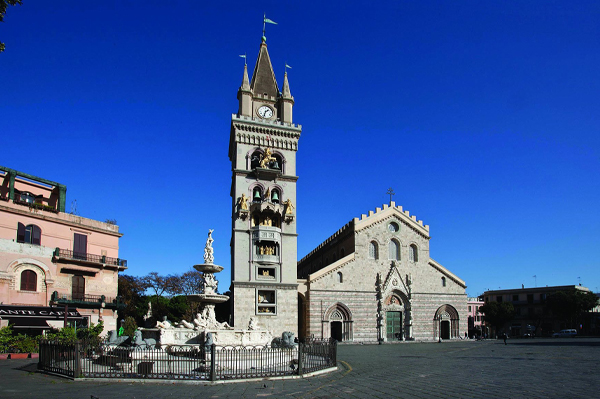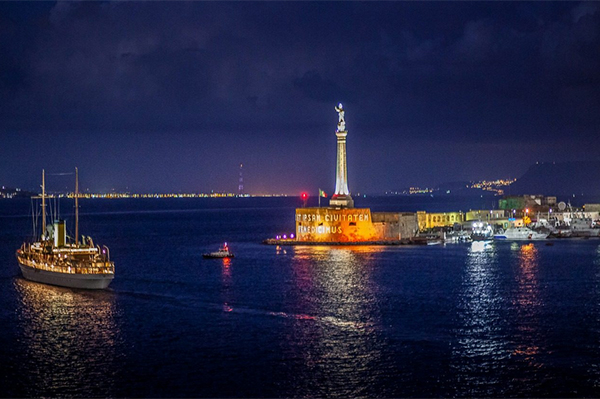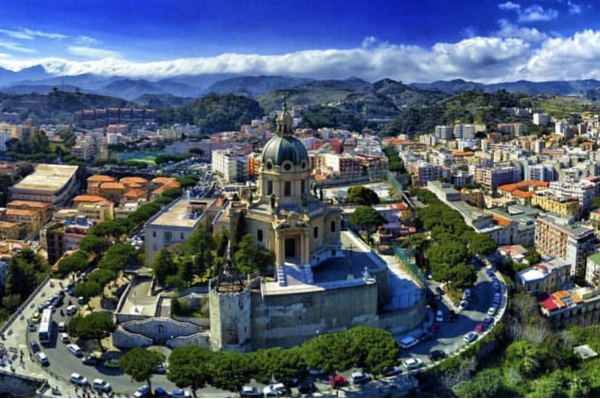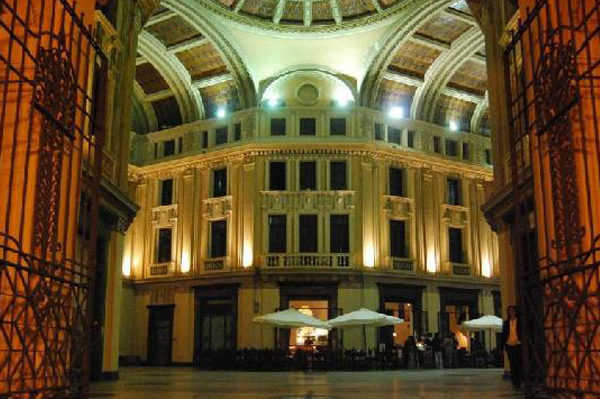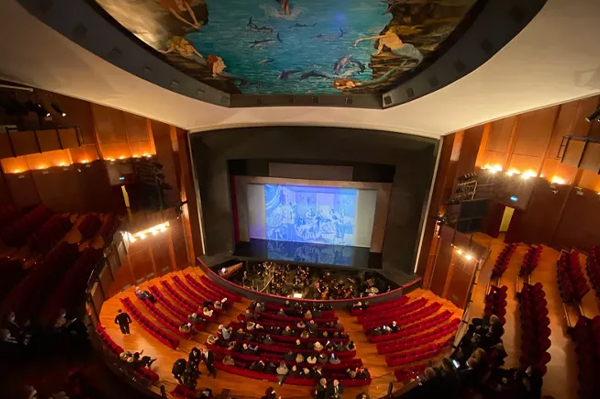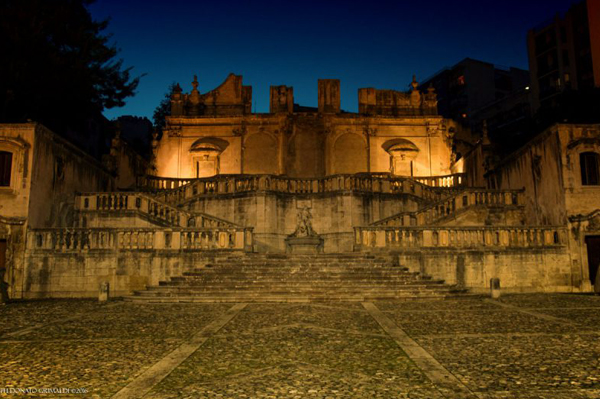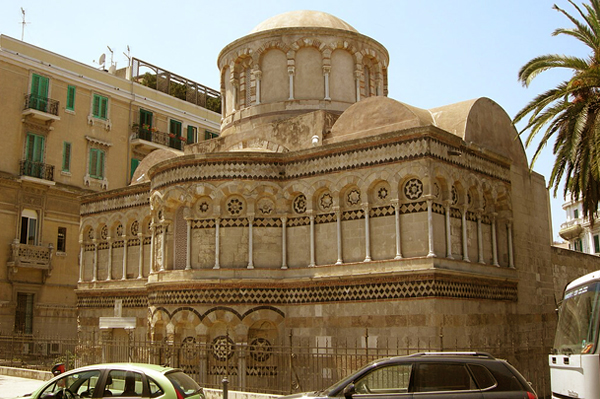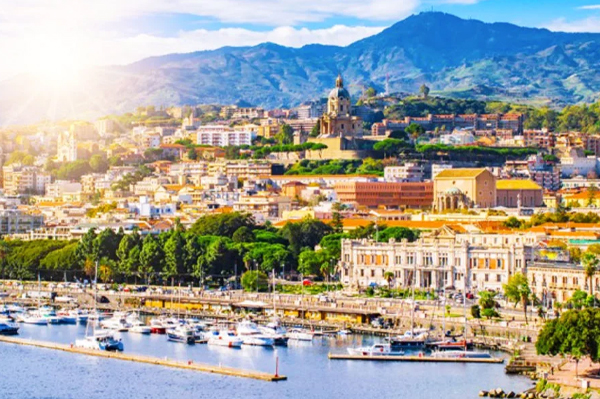
Whether your stay is for work or holiday, it doesn't matter, the city offers so much to see for any time available, also because our hotel is located in a center full of interesting things to see.
We can tell you:
Possiamo segnalarvi:
And we can only start our list from the main attraction of the historic center: Piazza Duomo, its beauty is given above all by the wonders it contains, namely the Cathedral of Messina, the Bell Tower with the Astronomical Clock and the Orion Fountain.
The Cathedral of Messina is dedicated to Santa Maria and was built in the Justinian era (around 500 AD). Observing its façade, first from afar and then in the details of the high reliefs of the imposing entrance door, you will never imagine that this cathedral has had such a troubled history! The Arabs, in fact, during their domination of the island between the 9th and 11th centuries, deconsecrated it by transforming it into a mosque. In the centuries to come, the cathedral then underwent several changes that distanced it from the original Romanesque imprint, until 1908, the year in which the Messina earthquake seriously damaged its structure. Rebuilt during the 1920s, the church experienced another bad historical moment, like our entire country. In 1943, the church burned down due to an air raid during the war. A new reconstruction then followed which ended in 1947, when the church reopened to the public, also acquiring the status of Basilica thanks to Pope Pius XII.
In the same square next to the Cathedral you can admire the sixteenth-century Orion Fountain from every angle and of course the Astronomical Clock built in the 1930s and part of the cathedral.
We would like to point out the possibility of climbing to the top of the Bell Tower to see the city from the other side, and a visit to the Treasure of the Cathedral.
If you take a look at the sea from Piazza Unità d'Italia, you will be able to contemplate one of the wonders of Messina, the Madonnina di Porto. Placed on a 35 meter high votive stele, it has blessed and welcomed those who enter the city from the port since the 1930s.
A small detour is a must to visit this wonder. The Cristo Re Shrine dates back to the 1930s and is located on Viale Principe Umberto, 60 meters above sea level. If you have traveled the Strait of Messina, you will surely have noticed all its grandeur. This neo-baroque religious building is a very important place for the city of Messina, as the remains of 1,288 fellow citizens who fell during the Second World War are preserved inside. In addition to visiting the Upper and Lower Church inside, we advise you to linger on the incredible view of the panorama of the natural port and part of the city of Messina.
After admiring the Cristo Re Shrine, return to Via Garibaldi and visit, in sequence, the Galleria Vittorio Emanuele III and the Teatro Vittorio Emanuele II.
The Galleria Vittorio Emanuele III is, together with that of Umberto I of Naples, the only example of an indoor building with an adjoining shopping gallery. Its construction dates back to the 1930s and its Art Nouveau style will refresh your gaze towards the walls and windows above.
After a walk through the shops of the Gallery, stop by to admire the Teatro Vittorio Emanuele II, the largest theater in all of Sicily. In neo-baroque style, its construction dates back to the Bourbon period, approximately at the beginning of the second half of the nineteenth century.
If you are in Messina, you absolutely must go and see it. The Palazzo del Monte di Pietà is located a stone's throw from Piazza Duomo, in Via XXIV Maggio and its peculiarity is its contemporaneity. Even though it dates back to the 17th century, its staircase and courtyard often host cultural events including fashion shows, exhibitions and shows.
CIR: Messina19083048A202168
CIN: IT083048A1EA9M5X9E
2025 © Hotel Messenion - b&b srl - Messina | P.iva IT02873320838
